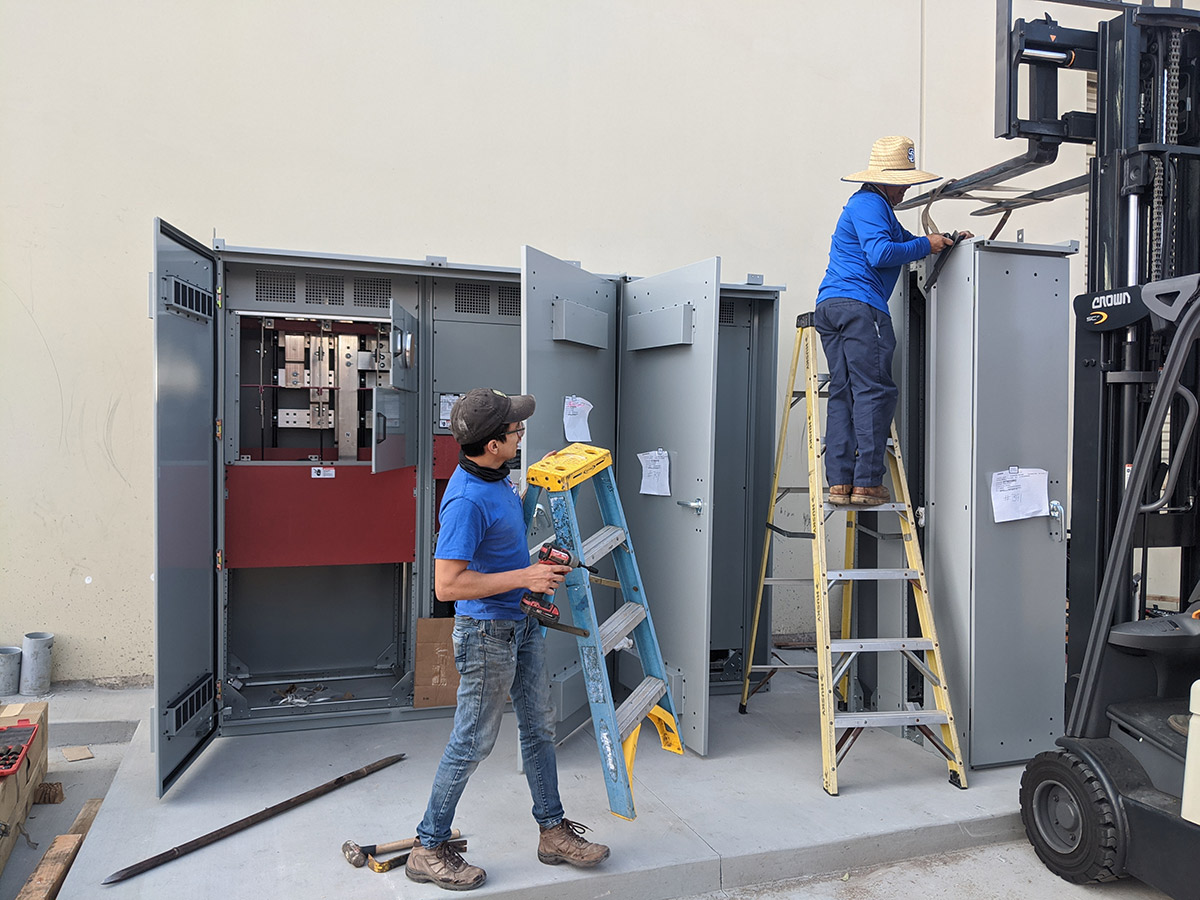
⚡ Commercial vs. Residential Electrical: What’s the Difference?
When it comes to electrical systems, commercial and residential wiring are not created equal. While they both provide power to buildings, the way they’re designed, installed, and maintained differs in important ways.
Whether you’re planning a renovation, hiring an electrician, or just curious, here’s a clear breakdown of how commercial and residential electrical systems differ — and why it matters.
? What Is Residential Electrical?
Residential electrical systems are designed to power homes, apartments, and other living spaces. These systems are built to handle everyday appliances, lighting, heating, and entertainment needs.
Key Features:
-
Voltage: Typically 120/240 volts
-
Wiring: Uses NM (non-metallic) sheathed cable, often called “Romex”
-
Panels: Smaller service panels, usually 100–200 amps
-
Outlets & Fixtures: Designed for home appliances and lighting
-
Installation: Wires often run through wall cavities and attic spaces
✅ Best for: Houses, condos, townhomes, small-scale renovations
? What Is Commercial Electrical?
Commercial electrical systems power buildings like offices, warehouses, restaurants, retail stores, and industrial facilities. These setups require more robust materials, higher capacity, and must meet stricter building and safety codes.
Key Features:
-
Voltage: Often 277/480 volts (can vary by building and function)
-
Wiring: Uses conduit systems with THHN wiring — more durable and easier to maintain
-
Panels: Larger panels and transformers to handle high-demand equipment
-
Load Management: Designed for large HVAC systems, elevators, commercial lighting, machinery, and heavy-use outlets
-
Installation: Wiring runs through exposed conduits, drop ceilings, or utility rooms for accessibility
✅ Best for: Offices, retail spaces, multi-unit housing, industrial applications
?️ Key Differences at a Glance
| Feature | Residential Electrical | Commercial Electrical |
|---|---|---|
| Voltage | 120/240 volts | 277/480 volts or more |
| Wiring | Romex (NM cable) | Conduit with THHN wiring |
| Installation | Hidden in walls/attics | Exposed or in accessible areas |
| Panel Size | 100–200 amps | Often 400+ amps or higher |
| Load Capacity | Lower (home appliances) | Higher (equipment, lighting) |
| Code Requirements | Residential building code | Stricter commercial standards |
? Why This Matters for Your Project
Hiring the right type of electrician for your project is critical. A technician trained in residential systems may not be qualified for commercial work — and vice versa. Everything from materials and tools to safety standards and permits differs depending on the setting.
If you’re planning an upgrade, expansion, or new construction, make sure you’re working with a licensed electrician who understands the specific requirements of your space.
? Need Expert Help?
Whether you’re building a dream home or outfitting a new commercial space, we specialize in safe, code-compliant, and reliable electrical work. From simple upgrades to complete system installations, our team has you covered.
Contact us today to schedule an estimate or learn more about our residential and commercial electrical services.

